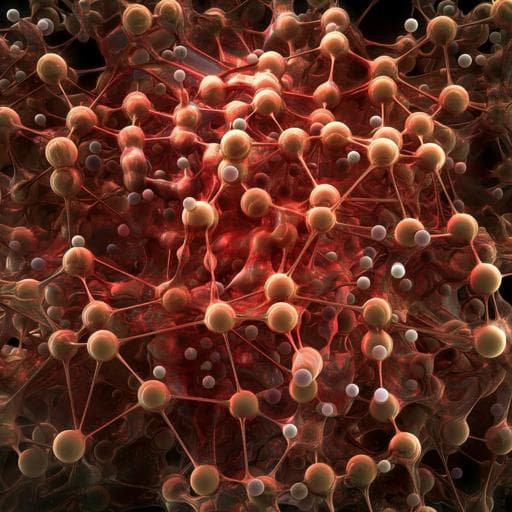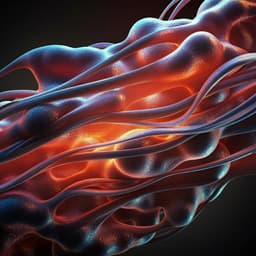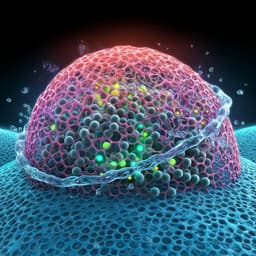
Engineering and Technology
Ultrarobust, tough and highly stretchable self-healing materials based on cartilage-inspired noncovalent assembly nanostructure
Y. Wang, X. Huang, et al.
This groundbreaking research by Yuyan Wang, Xin Huang, and Xinxing Zhang introduces an ultra-robust self-healing material inspired by biological cartilage, featuring exceptional tensile strength, toughness, and healing efficiency. These advancements in noncovalent bonding self-healing materials could revolutionize flexible smart devices.
~3 min • Beginner • English
Related Publications
Explore these studies to deepen your understanding of the subject.







